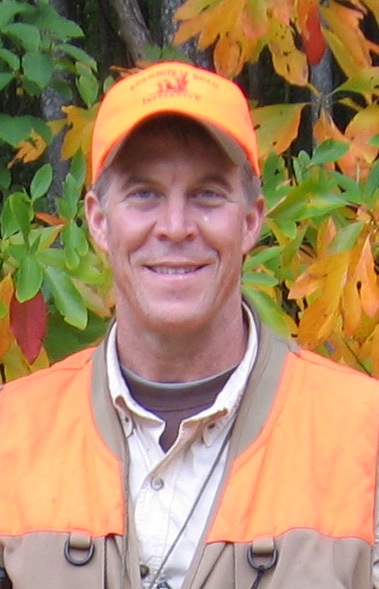“This is a chance to make things better.”
— Hardware-store wisdom following a tornado touch-down near Ward, AR, February, 2001
Landscape-scale habitat restoration as envisioned by the NBCI generally is a slow-moving, long-term slog. But occasional opportunities for a leap forward pop up; some are foreseeable, a few are even actionable in advance. The inevitable government response to the current drought presents just such an opportunity to help cattle producers and restore quail habitat on a large scale.
120 Million Acres in Bobwhite Range Converted from Native Forages to Introduced Grasses
Since the mid 20th century, some 120 million acres of grazing lands across bobwhite range have been “improved” by conversion – usually with USDA subsidies and encouragement – from native forages to aggressive introduced grasses that provide poor wildlife habitat. Prior to this landscape conversion, cows and quail shared the land; but not afterward. The nearly complete conversion of native grazing lands in the eastern US coincides with the long-term decline of many grassland birds.
Reconnecting cows and quail is a major goal of the NBCI. On native rangelands of west Texas, Oklahoma and Kansas, that goal is relatively simple, by improved management of the existing forage base, the cattle and the brush. For the rest of the U.S. grazing lands across the humid majority of bobwhite range, much more exertion and cost are needed to return a portion of the existing “improved” pasture back to native forages with quail habitat potential. The NBCI has been working many years with only modest success to begin changing USDA’s deeply ingrained reliance on exotic vegetation.
History repeats itself. We know, for example, that Congress and USDA miss few chances to provide taxpayer-funded relief to producers following drought, typically helping replant ravaged pastures with more of the same drought-susceptible, introduced forages. While all parties (except maybe the taxpaying public and the quail) are temporarily satisfied with that habit, the reality is that producers are merely set up, once again, to fall victim to the next drought.


